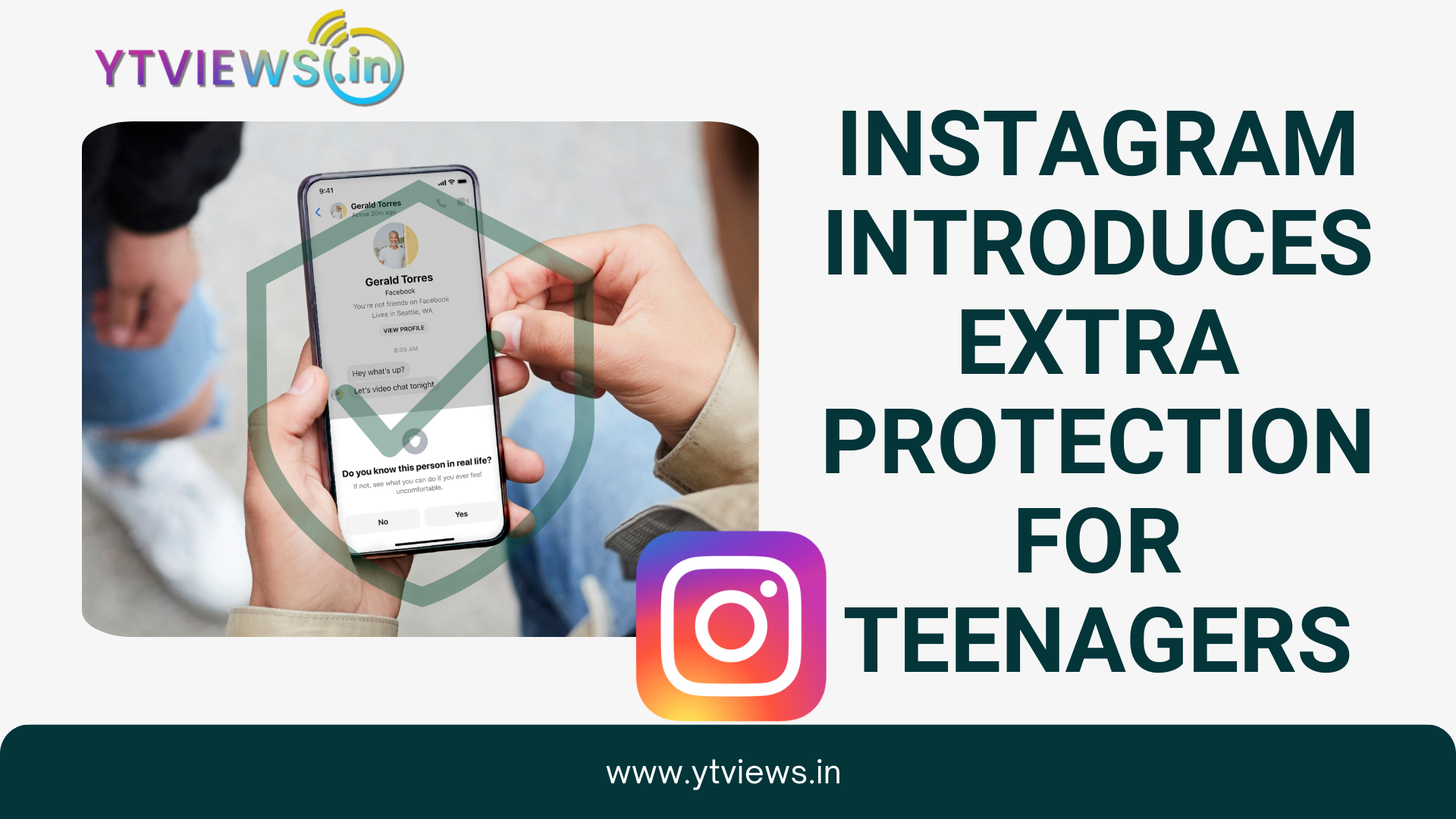Is Traditional Marketing Worth Your Money?
What exactly is Traditional Marketing?
All of the advertising strategies used before the advent of digital marketing are referred to as traditional marketing. Traditional marketing refers to any type of advertising that reaches consumers through offline media. Billboards, mail advertisements, TV and radio advertisements, as well as newspaper and other print ads, are all common examples of traditional marketing.
Advantages and Disadvantages of Traditional Marketing Strategies:
Just because digital marketing has become the primary focus doesn’t mean there isn’t room for traditional marketing. A combination of digital and traditional marketing can help you reach a large and diverse audience, and finding the right balance between the two depends on your business and your product. In fact, some companies may work almost exclusively with traditional marketing, so it really depends on your situation.
As long as you keep the 7 Ps of marketing in mind and follow best practices, you can potentially achieve great results from a variety of marketing efforts. As important as the advertising medium you choose, it’s also important to make sure you’re marketing your product or service the right way.
In the following sections, we will talk about some of the pros and cons of traditional marketing versus digital marketing. If you’re struggling to figure out which type of marketing is right for your business, we’ll give you a small overview below.

Advantages of Traditional Marketing:
Despite the fact that some forms of traditional marketing have been around for centuries, there are still benefits to integrating traditional marketing into your modern strategy.
One of the biggest benefits of traditional marketing is that you can be present almost anywhere. You can use traditional marketing channels to reach potential customers when they’re sitting on the couch at home, on the bus, walking down the street, or driving to work in the morning. These cross-media ads help you target as many people as possible, which means you’re more likely to convert leads into sales and increase your profits.
Traditional marketing may also be an easier path if your team is unfamiliar with digital marketing and the tools that make it possible. There’s a lot to learn when it comes to mastering marketing, so it may take some time for your digital marketing campaign to succeed, even if your team is committed to learning digital marketing. For some businesses, it may be financially better to focus primarily on traditional marketing.
It’s also important to consider the type of audience you’re trying to reach. Digital marketing is great when you want to reach younger audiences who use smartphones and computers, but you can alienate some of your target audience if you focus too much on the digital side of things. Traditional marketing may be better suited to an older audience, as well as potential customers who don’t spend a lot of time on their computers or smartphones.
Since digital marketing is new to many businesses, traditional marketing can offer a safer alternative. You might consider focusing on traditional marketing if you don’t want to spend money switching to digital marketing or training your marketing team.
Disadvantages of Traditional Marketing:
Traditional marketing may have its upsides, but that doesn’t mean there aren’t downsides. There are several reasons digital marketing has become a major competitor to traditional marketing, and weighing the pros and cons of each type of marketing can help you determine the right strategy for your business.
For starters, traditional marketing is often more expensive than digital marketing. Rates for traditional advertising space can be very expensive, especially if you are trying to run a commercial during a high-traffic event or secure a billboard in one of the more populated areas of a large city.
Digital marketing allows you to advertise on different sites and other avenues without spending too much money. Your ads can play at the start of Twitch streams and YouTube videos, appear as banners on news websites, and more. In many cases, traditional marketing results are more difficult to measure than digital marketing results.
You can quantify how many people have clicked on a link or watched a video, but there’s no guarantee that a viewer will see your TV ad just because they’re watching TV. In fact, some viewers can be counted even if they fall asleep with the TV on or leave the TV on for their dog while at work. Digital marketing gives you more accurate metrics to help you make decisions.
Your traditional marketing campaign may also take longer than a digital marketing campaign due to potential bureaucracy. Ads take time to get approved and added to billboards and TV, and that time can cost you money.
Related Posts

Instagram Implements Advanced Protections for Teen Users.

5 Skills to Become a Successful Social Media Marketer

Instagram introduces extra protection for teenagers

LinkedIn Adds AI Training Opt-out Option

What Video Editing Software Do Youtubers Use in 2024?






































